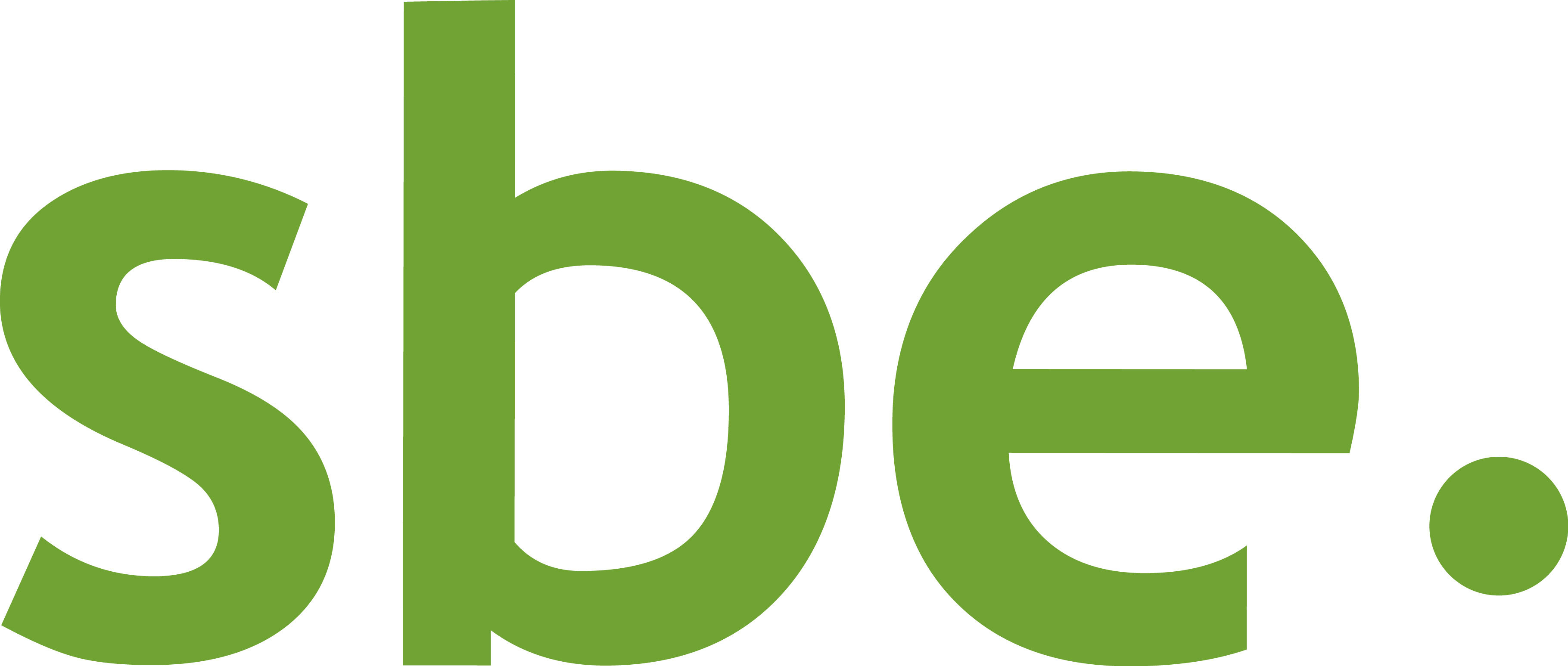

With an increasing amount of research and information available on the impacts that buildings have on people’s wellbeing, healthy building design is rapidly becoming a hot topic. Currently, much of the conversation is related to office buildings, where the economic impacts of absenteeism and presenteeism and other sick building syndrome-related issues are driving the design of healthy and more productive spaces. However, the principles of healthy design can be applied to all building typologies, from residential dwellings to hospital and sport facilities, with benefits ranging from faster injury recovery, increased performance, increased mental and physical wellbeing, and increased sense of community and place.
As for other sustainable design practices, in order to demonstrate what a building has achieved and preparing a business case for further improvements a range of tolls are currently available in the Australian market to measure Indoor Environment Quality (IEQ). These include: the WELL Building Standard, Green Star and NABERS IE.
NABERS IE entered the market in 2009 with the intention to offer a benchmark and management tool that could assist the implementation of initiatives aimed at creating better working environments. As for other NABERS tools, the IE tool is all about taking measurements of particular criteria related to IEQ conditions during building operation. Measurements are taken for thermal services, indoor air quality, lighting, acoustics, and office layout.
Green Star, with its various tools, also addresses IEQ-related issues such as fresh air requirements, pollutants control, lighting quality, access to daylight and views, and particulate matters. For Design & As Built and Interiors assessments, design specifications and proofs of installation/compliance must be presented, while for Performance assessments on-site measurements are also taken during operation.
The WELL Building Standard is the newest tool to enter the Australian market and is getting a lot of attention, especially at the top end of town where the cost and effort of implementing can be more easily justified. WELL takes a holistic approach to healthy buildings by including tenants and their practices into the assessment. In fact the tool not only looks at the physical aspects of a building, it also focuses on people, mindful design, wellbeing programs, workplace culture, etc..
The decision to use one tool over another, or a combination of all of these, whether to go for formal accreditation of self-assessment, should be taken based on the desired outcome. In particular consideration should be given to the audience to which the results will be communicated to, the reporting requirements for a particular project or business, and the level of advantage that the company wishes to achieve over its competitors.